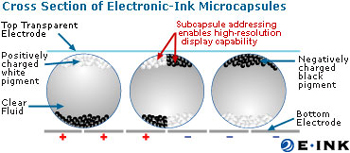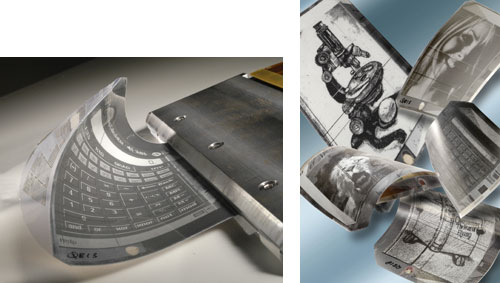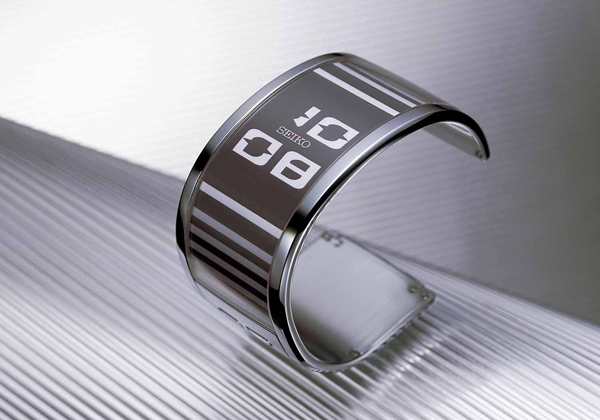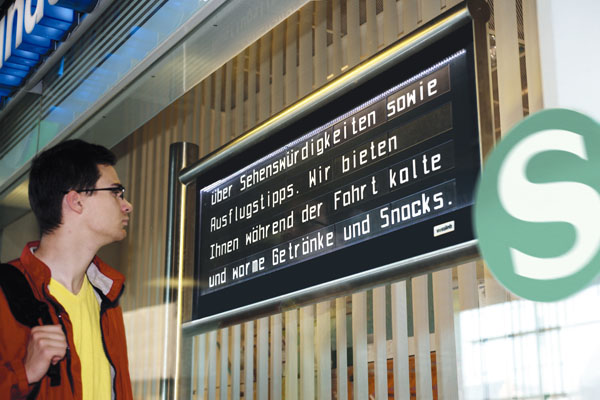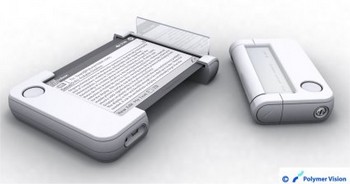Difference between revisions of "Fabian Ifland"
(Coiajsoiajsiojasd asoijdoiasjdioasjd oiasjdoiajsdoijas oiasjdoijasd http://connect.mlive.com/user/buycialishere/index.html#77577 propiedades de cialis - cialis http://connect.mlive.com/user/buyviagrah) |
|||
| (2 intermediate revisions by 2 users not shown) | |||
| Line 1: | Line 1: | ||
== Rollable Display == | |||
=== Overview === | |||
Mobile devices are constantly getting smaller and smaller while there is the demand of having a large display. These two contradictory demands need to be solved. One approach is using a flexible, rollable display that can be rolled into the device (PDA, smart phone) and if necessary rolled out to have a bigger screen to present complex information. | |||
These kinds of displays do not break. They can be used for various applications like electronic books, newspapers, and magazines. | |||
Philips did quite successful research in polymer electronics. They (as of 2004) were able to produce 5,000 prototypes per year and are constantly seeking for volume production for a reasonable price. | |||
=== Technology === | |||
Philips, with the partner Polymer Vision, invented a rollable display with a bending radius of initially 2 cm, now even reduced to less than 1 cm. These displays are still black and white due to the complicated structure of the display. These extremly thin displays use active-matrix polymer pixel driving with a so-called reflective electronic ink. | |||
[[Image:e-ink.jpg]] | |||
The current size is 320x240 (85 dpi), with a rolling radius of 0.75 cm. One downside still is that the switching time between two pages/images is 0.5-1s. That means that moving objects aren't possible at the moment. However, especially for e-books, the switching time does not really matter. | |||
=== Future Outlook === | |||
In the future, there will be much larger rollable screens which, of course, can display color. Furthermore, the switching time will decrease dramatically; so moving objects like movies could be displayed. | |||
I also think that probably the technique of rollable displays will be used in devices that are available today (like laptops). Since the power consumption is really low, the operation of every screen could lower the energy costs substantially. | |||
=== Images === | |||
[[Image:rolldis.jpg]] | |||
[[Image:epaper2.jpg]] | |||
[[Image:seiko2.jpg]] | |||
[[Image:board2.jpg]] | |||
[[Image:flexport.jpg]] | |||
=== References === | |||
http://www.polymervision.nl<br> | |||
http://www.e-ink.com<br> | |||
http://www.philips.com.hk/about/news/press/article-2585.html | |||
Latest revision as of 13:31, 26 July 2010
Rollable Display
Overview
Mobile devices are constantly getting smaller and smaller while there is the demand of having a large display. These two contradictory demands need to be solved. One approach is using a flexible, rollable display that can be rolled into the device (PDA, smart phone) and if necessary rolled out to have a bigger screen to present complex information. These kinds of displays do not break. They can be used for various applications like electronic books, newspapers, and magazines. Philips did quite successful research in polymer electronics. They (as of 2004) were able to produce 5,000 prototypes per year and are constantly seeking for volume production for a reasonable price.
Technology
Philips, with the partner Polymer Vision, invented a rollable display with a bending radius of initially 2 cm, now even reduced to less than 1 cm. These displays are still black and white due to the complicated structure of the display. These extremly thin displays use active-matrix polymer pixel driving with a so-called reflective electronic ink.
The current size is 320x240 (85 dpi), with a rolling radius of 0.75 cm. One downside still is that the switching time between two pages/images is 0.5-1s. That means that moving objects aren't possible at the moment. However, especially for e-books, the switching time does not really matter.
Future Outlook
In the future, there will be much larger rollable screens which, of course, can display color. Furthermore, the switching time will decrease dramatically; so moving objects like movies could be displayed. I also think that probably the technique of rollable displays will be used in devices that are available today (like laptops). Since the power consumption is really low, the operation of every screen could lower the energy costs substantially.
Images
References
http://www.polymervision.nl
http://www.e-ink.com
http://www.philips.com.hk/about/news/press/article-2585.html
